January 2023 Seminar
.jpg)
January 31, 2023 - SINE 100, 12:30-1:15pm: Selasi Dankwa, PhD, Seattle Children's Research: Understanding the dynamics of the blood-brain barrier breakdown and repair in cerebral malaria
Registration for Summer 2023 is in progress.
Questions? Refer to this info page or contact your advisor.
Our department is housed in the Sinegal Center, which opened in Fall 2021. The building has state-of-the-art labs and equipment for our courses and research. The Biology Department office is in SINE 401, and biology faculty advisor offices are on the 3rd and 4th floors. Welcome!
April 11 – Alumni Panel including Kerilyn Higashi (Associate researcher at LINK Immunotherapies); Elizabeth Mack (Family nurse practitioner); Penny (Schubert) Chow (Director of Fieldwork Education at UW Genetic Counseling Grad Program); Molly Van Dyke (research coordinator at UW Emergency Medicine)
May 18 – Seminar by Samantha Kreling discussing her research investigating urban coyote diet. More about her research can be found here.
May 19 – Poster Session by SU research students (contact Michelle DuBois if you have interested students and/or questions)
May 25 – Lightning talks by SU research students (contact Kristin Hultgren if you have interested students and/or questions)

Biology is not a boring topic. So why are students falling asleep during my fascinating lecture? I’ve been teaching General Biology courses here at Seattle University for 30 years. I taught the same way I was taught. Teachers lecture, students take notes and then go home and apply what they’ve learned to an assignment (homework). It worked just fine. The pandemic led me to convert all of my course material into video lectures that students could watch on their own time so that class time (Zoom) could be devoted to group work, providing opportunities for students to demonstrate their understanding and be guided in their learning. When in fall 2021, we were finally able to meet face to face in the classroom I felt compelled to maximize student interaction.
Mar 4, 2022
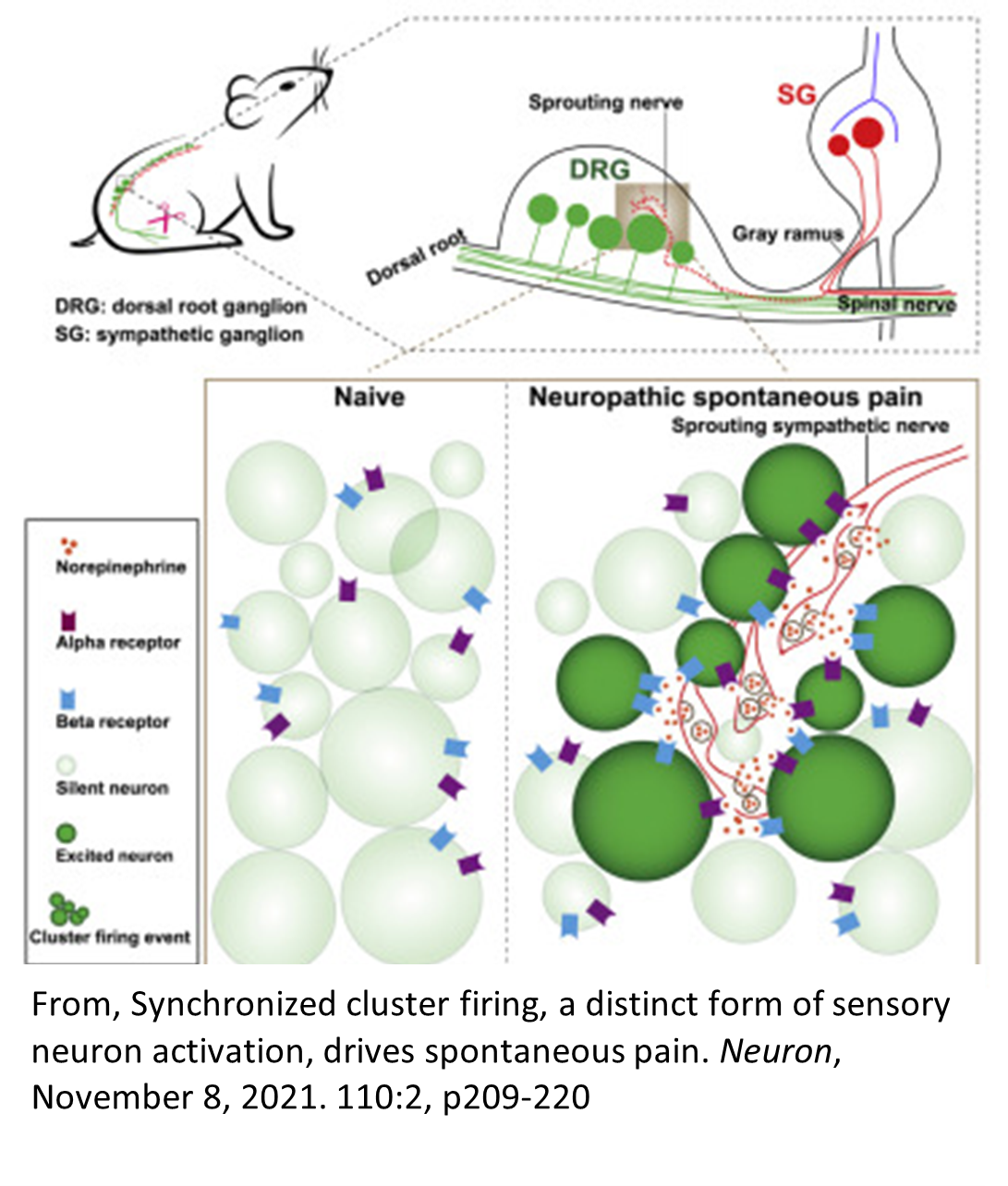
Uncontrolled pain costs over $500 billion annually in medical expenses, disability programs and lost productivity. The management of pain is complex and increased treatment with opioids has contributed to an epidemic of addiction and overdose deaths. Although much of this crisis has been contributed to the inappropriate prescribing of opioid drugs for moderate pain, opioids continue to be the most effective treatment for debilitating chronic pain.
Feb 23, 2022
Read More about Solving the Opioid Crisis, With Neuroscience
.jpg)
Post-baccalaureate Biology student Kayla Meredith, ’22, was awarded the 2021 Murdock Poster Prize in the Developmental Biology-Physiology category at the 30th Annual Murdock College Science Research (MCSR) Conference. As she nears completion of her post-baccalaureate certificate this spring, Meredith shares how personal experiences continue to influence her scientific research and what social justice and collaboration with Seattle University faculty mean to her.
Feb 14, 2022
.png)
Access to clean water is essential for all people yet modern governance systems, land-use practices, and climate change seriously threaten the availability of this resource. In recent years, it has also become increasingly acknowledged that disparities in access to clean water are contributing to negative health outcomes and environmental injustice challenges, particularly in tribal communities.
Feb 8, 2022

Viruses are small. So small that you cannot see them, even with standard microscopes. Have you ever wondered how researchers work with and quantitate viruses without being able to see them? Depending on the virus and the type of cell it infects, several different approaches can be employed.
Feb 7, 2022
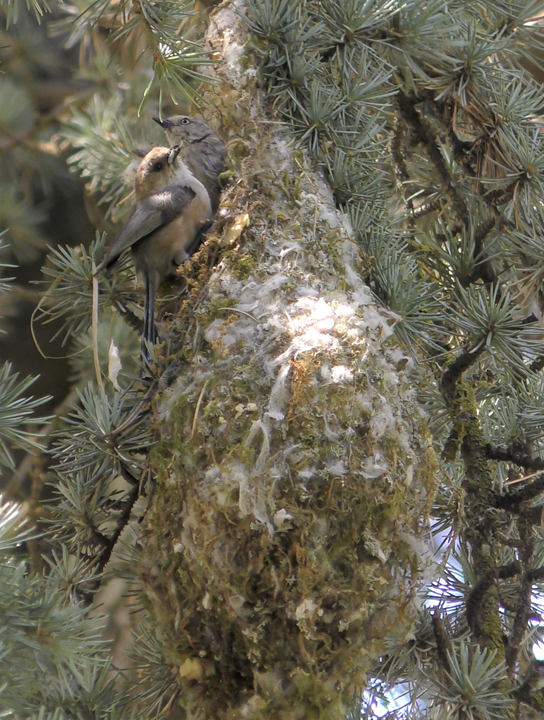
Bushtits (Psaltriparus minimus) are small, gray, non-migratory songbirds that are native to the West Coast. We are fortunate to have these charming little birds inhabiting the SU campus, where Dr. Rebecca Hartley and her research students have been observing bushtit nesting and foraging behavior since Spring 2017.
Feb 4, 2022
Despite decades of research, as recently as a few years ago, hardly anyone knew what a lipid nanoparticle (LNP) was, now hundreds of millions of us have safely received injections of these particles. In a landmark for medicine, the two mRNA Covid-19 vaccines made by Pfizer and Moderna, both rely on surrounding mRNA in tiny lipids packages, or lipid nanoparticles.
Jan 28, 2022
Read More about Biomedical Engineering and Lipid Nanoparticles
Most of us have a junk drawer full of an assortment of items that can be really useful in the right circumstances. The trick is being able to find those items in the seemingly random mess when you need them. That’s the problem faced by the eukaryotic cell. Human cells have roughly 6 feet of DNA full of useful genes jammed into a nucleus that is roughly 10 micrometers (0.00001 meters) in diameter. The cell has to sort through the mess to express the genes that it needs.
Jan 19, 2022
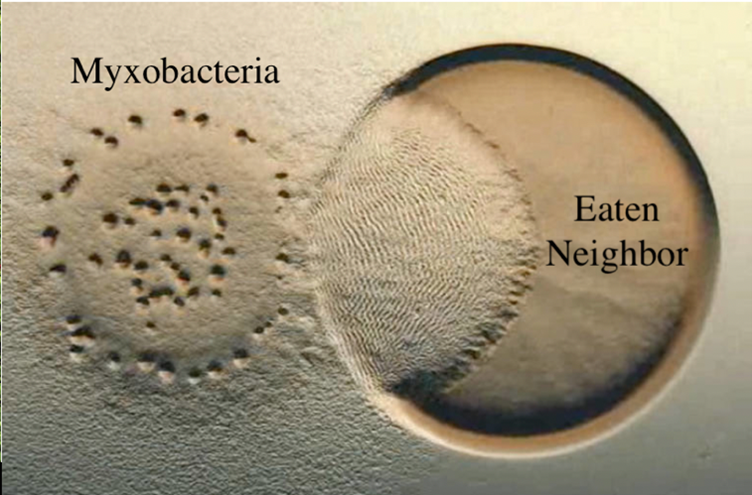
An endless world conflict is going on literally under your feet. Soil microbes have been fighting for territory and resources since the first prokaryotes began to populate a slightly cooled Earth. Somehow, they can identify friend from foe and react accordingly.
Jan 12, 2022
Read More about Get Off My Lawn! Competition Between Soil Bacteria
Cell fractionation is a useful tool in cell biology because it allows for the study of cellular components and processes in isolation from the complex network of reactions that occur in a living cell. In a recent study, cell fractionation was used to study the host cell localization of a SARS-CoV-2 protein, Orf8, which is theorized to act as a histone mimic. Certain viruses may employ histone mimicry to affect their host cells’ epigenetic regulation of gene expression to disrupt host responses to infection.
Dec 13, 2021
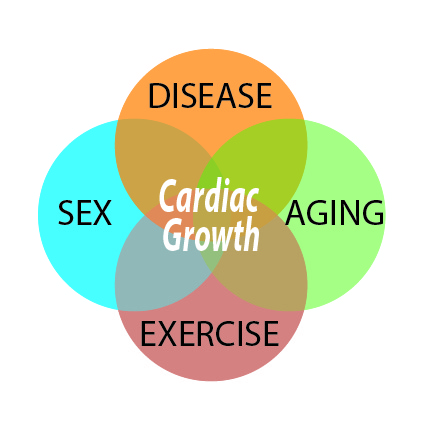
Heart disease is currently the leading cause of mortality in the US. It is characterized by many specific structural, functional, metabolic, and circulatory changes that ultimately lead to increased morbidity (i.e. quality of life) and mortality (i.e. death). Clinical management of heart disease primarily includes pharmacological treatments, and various non-pharmacological interventions including exercise. Investigations in humans have determined that exercise helps to both prevent heart disease, as well as to reduce morbidity and mortality in patients who already have established heart disease.
Dec 6, 2021

Biology Department Senior Instructor Brenda Bourns teamed up with Professor Marvin Torrez of Universidad Centroamericana (UCA) - our sister University in Managua, Nicaragua - to develop an online collaboration between a UCOR Inquiry Seminar and an Introductory Biology class.
Nov 29, 2021
Read More about New Collaborative Online International Learning in UCOR 1800
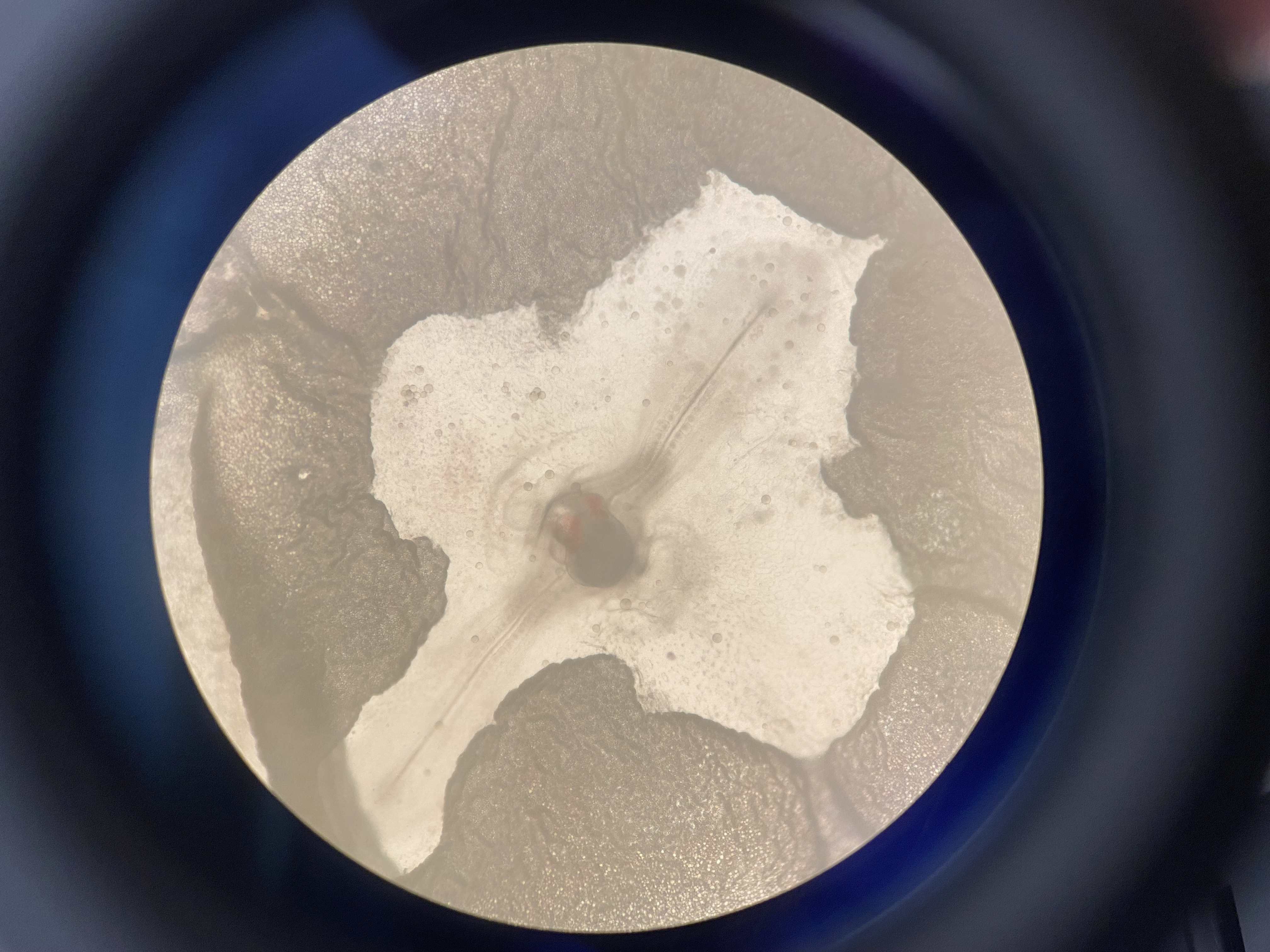
Birds and mammals shared a common evolutionary ancestor until approximately 320 million years ago, at which time they then split into two separately evolving groups. That may sound like a long time ago, but this means that mammals are more closely related to birds than to other organisms that scientists use for research.
Nov 17, 2021

Crustaceans have some of the largest genome sizes among animals. For example, some shrimp have genomes that are over five times larger than the human genome! However, the causes and consequences of large genomes in crustaceans is relatively understudied.
Nov 10, 2021
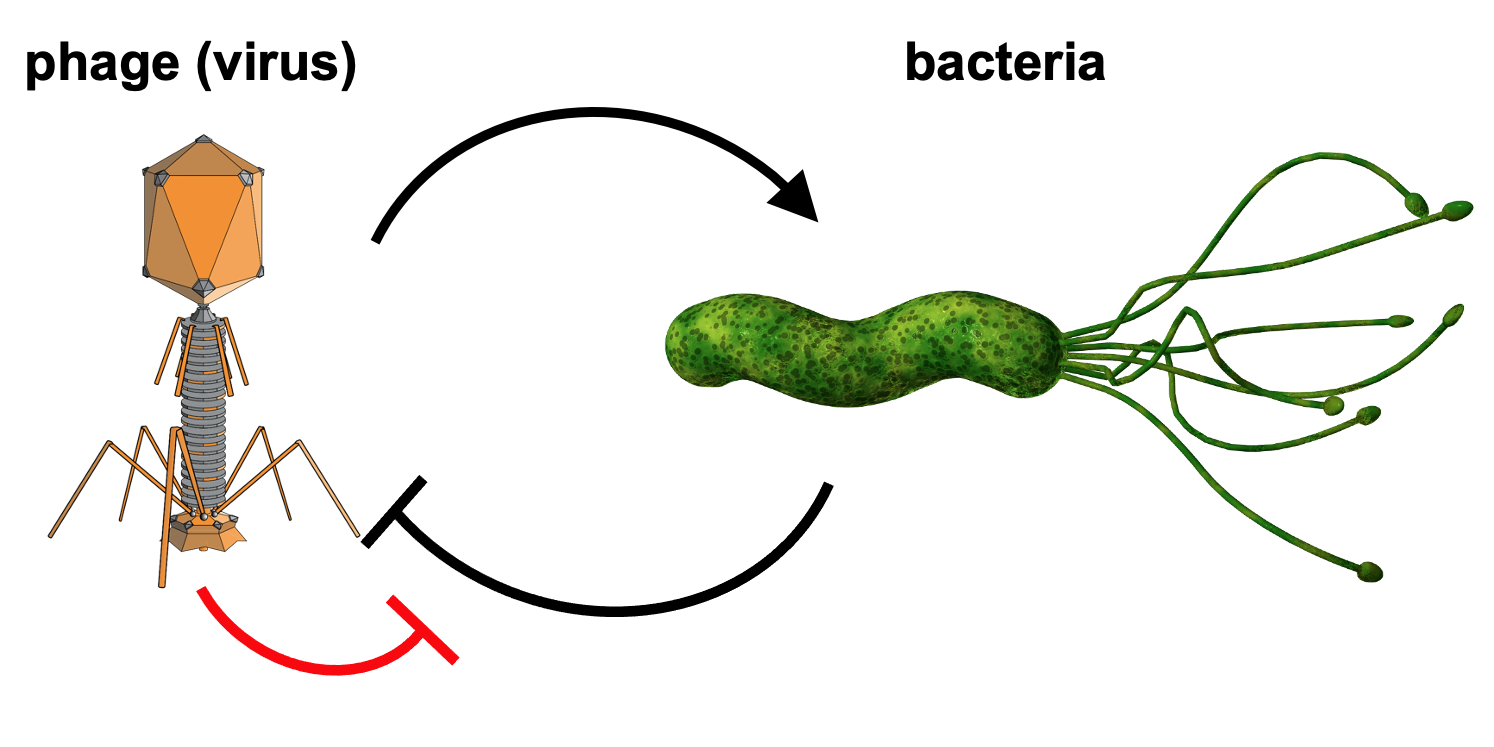
Bacteria have inhabited our planet for over 3 billion years and during much of that time have been subjected to infection by viruses (‘phage’). This pressure has driven bacteria to develop a wide range of anti-phage defense systems. Phage in turn have evolved mechanisms to evade those defenses, leading bacteria to develop additional anti-phage mechanisms.
Oct 26, 2021
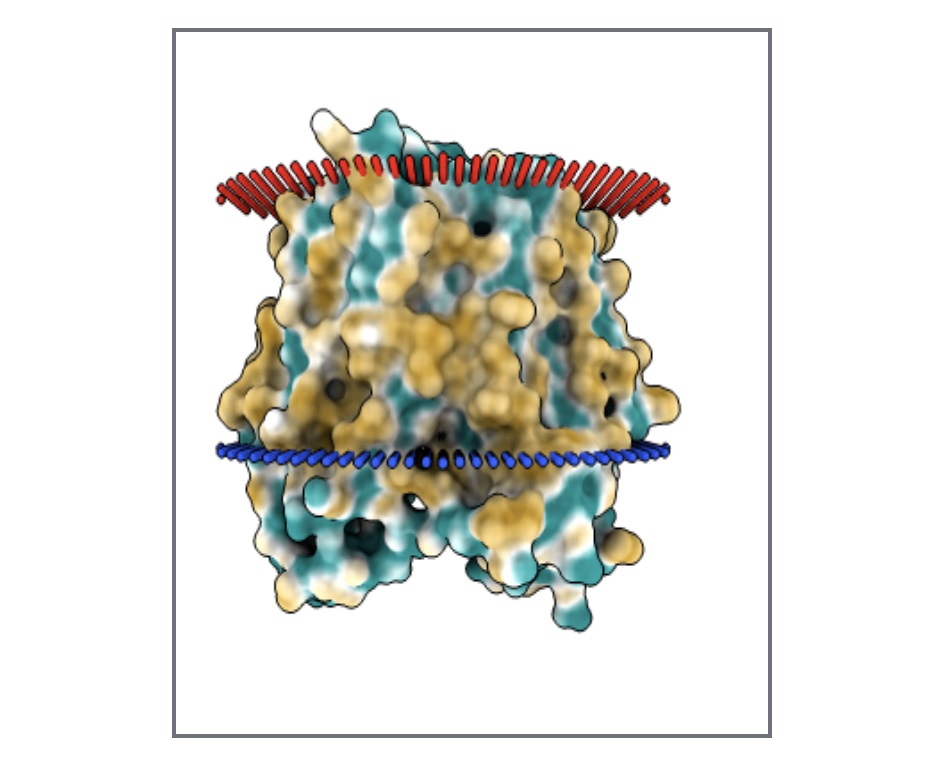
Students in Seattle University’s bioinformatics project course continue to use their skills to design and build novel, interactive simulations. These models help individuals grasp challenging concepts in the field of genetics.
Oct 20, 2021
Read More about SU Biology Majors Use Bioinformatics to Build Interactive Web Simulations
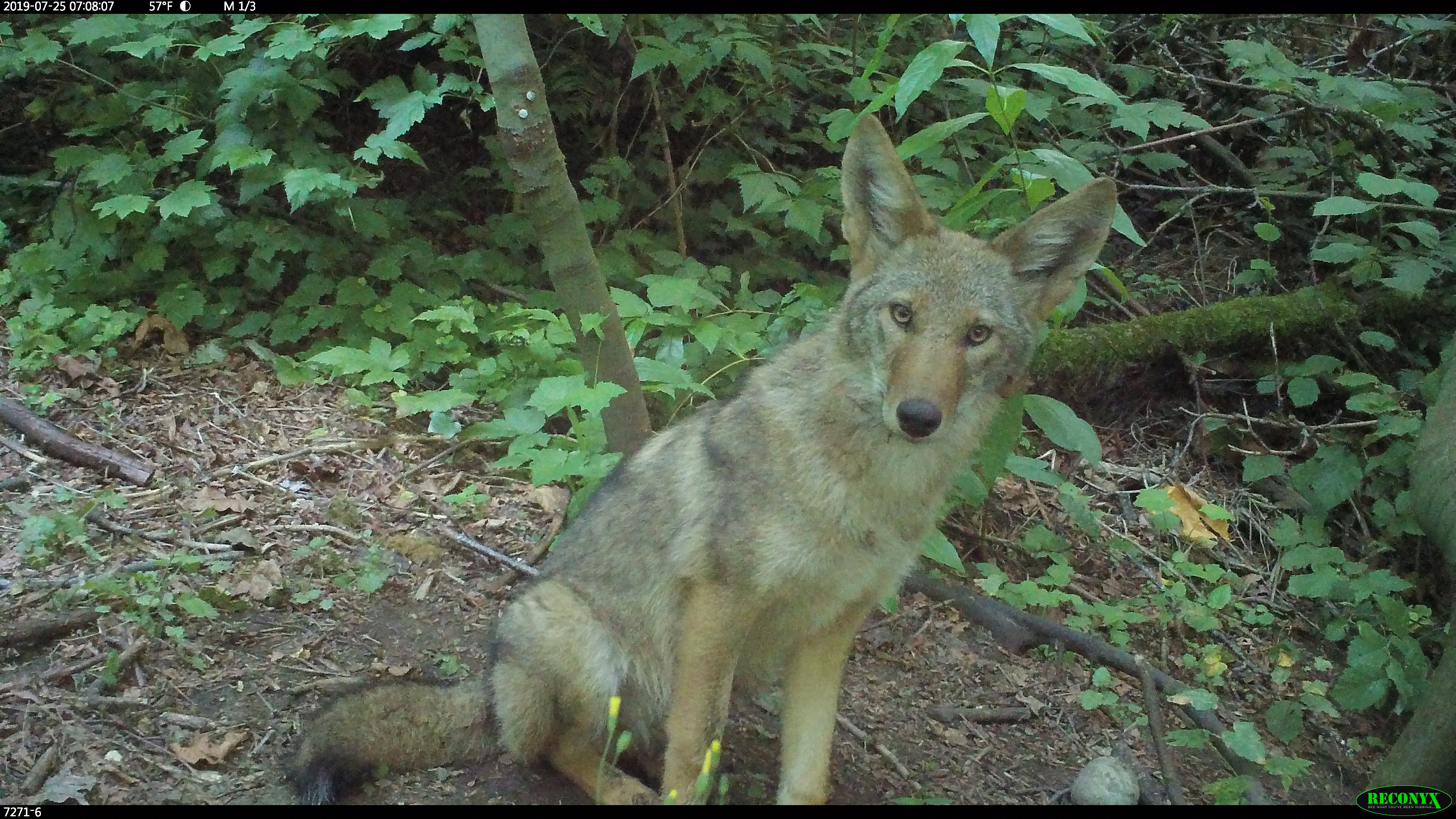
Urban ecologists have observed higher biodiversity of many species in wealthier neighborhoods. Until recently, however, this so-called "luxury effect" had not been tested for mammals. Seattle University Associate Professor of Biology Mark Jordan joined researchers from across North America to test this effect.
Oct 15, 2021
Read More about SU Biology Research Contributes to Analysis of Urban Biodiversity

Students returning to in-person field labs in the Biology Department this fall are continuing years of work by fellow students to build long-term data on ecological patterns across Seattle.
Oct 8, 2021
Read More about SU Biology Students Build Valuable Long-Term Data Through Years of Ecology Classes

The next phase of the Seattle Urban Carnivore Project, a collaboration between the Woodland Park Zoo and Seattle University Associate Professor of Biology Mark Jordan, PhD, has now launched a Carnivore Spotter Website.
Nov 7, 2019
Read More about The Seattle Urban Carnivore Project: Carnivore Spotter Website
Congratulations to Duane Safford for receiving the Camille Toutonghi Distinguished Staff Award! He has shown amazing dedication to the Biology Department for the past 46 years and will be dearly missed next year.
May 25, 2018
.jpg)
January 31, 2023 - SINE 100, 12:30-1:15pm: Selasi Dankwa, PhD, Seattle Children's Research: Understanding the dynamics of the blood-brain barrier breakdown and repair in cerebral malaria